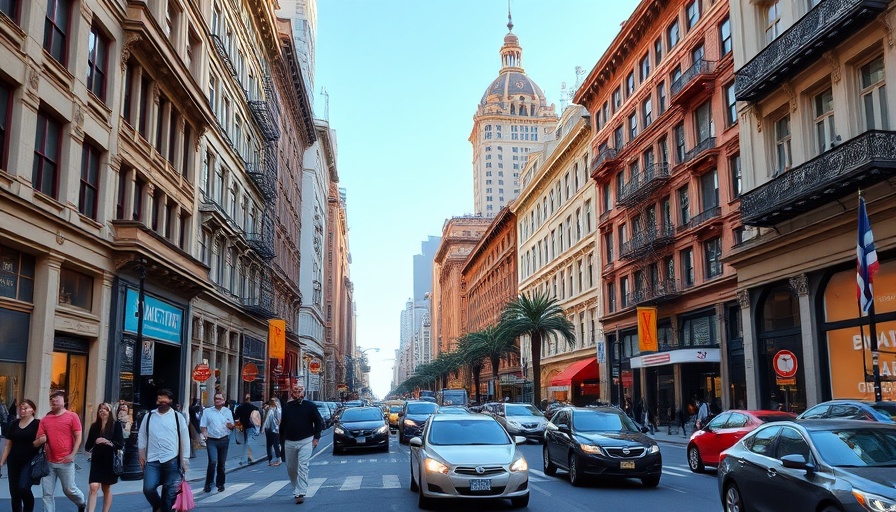
The Recent Shift in Retail Regulations on Van Ness Avenue
San Francisco's Board of Supervisors has made a significant move by lifting the formula retail ban on Van Ness Avenue, also extending this exemption to the Fillmore Safeway property. This decision comes in the wake of alarming vacancy rates in commercial spaces, revealing a staggering 53% ground-floor vacancy on Van Ness compared to the broader city average of 7.7%. The newly enacted legislation suggests a shift towards reviving local retail by welcoming back big chains in areas where smaller shops are struggling to survive.
Why the Vacancy Rates Are a Concern
During the hearing, Supervisor Stephen Sherrill highlighted the crisis on Van Ness Avenue, which has been grappling with high vacancy rates that threaten local economic vitality. He emphasized the necessity of adapting municipal regulations to meet the changing retail landscape. “The 50% vacancy rates on Van Ness are a crisis,” Sherrill stated, indicating that some form of revitalization is essential for the corridor’s commercial future.
The Fillmore Safeway Loophole: A New Opportunity for Grocery Stores
The inclusion of the Fillmore Safeway property in this new legislation reflects a community desire for a supermarket in an area that has long been without one. Interestingly, this exemption arises from a loophole introduced by Supervisor Bilal Mahmood, allowing new retailers to bypass the usual authorization process if the previous business at that location did not adhere to such requirements. This means that the Fillmore site could potentially be home to a new grocery store without lengthy bureaucratic delays.
A Future Full of Potential
While this legislative change is poised to open the door to new business opportunities, the complexities surrounding the Safeway property’s sale still loom large. With Safeway looking to sell the property, ensuring that a grocery store can occupy this space remains a priority in the discussions. The outcome of these negotiations will significantly impact the neighborhood's landscape in the coming months.
In conclusion, the lifting of the formula retail ban illustrates San Francisco's shift in approach to support local commerce by reducing the barriers for new businesses. By addressing high vacancy rates and facilitating the opening of grocery stores, the city not only seeks to revitalize key corridors but also to reflect the needs of its community.
 Add Row
Add Row  Add
Add 




 Add Row
Add Row  Add
Add 

Write A Comment